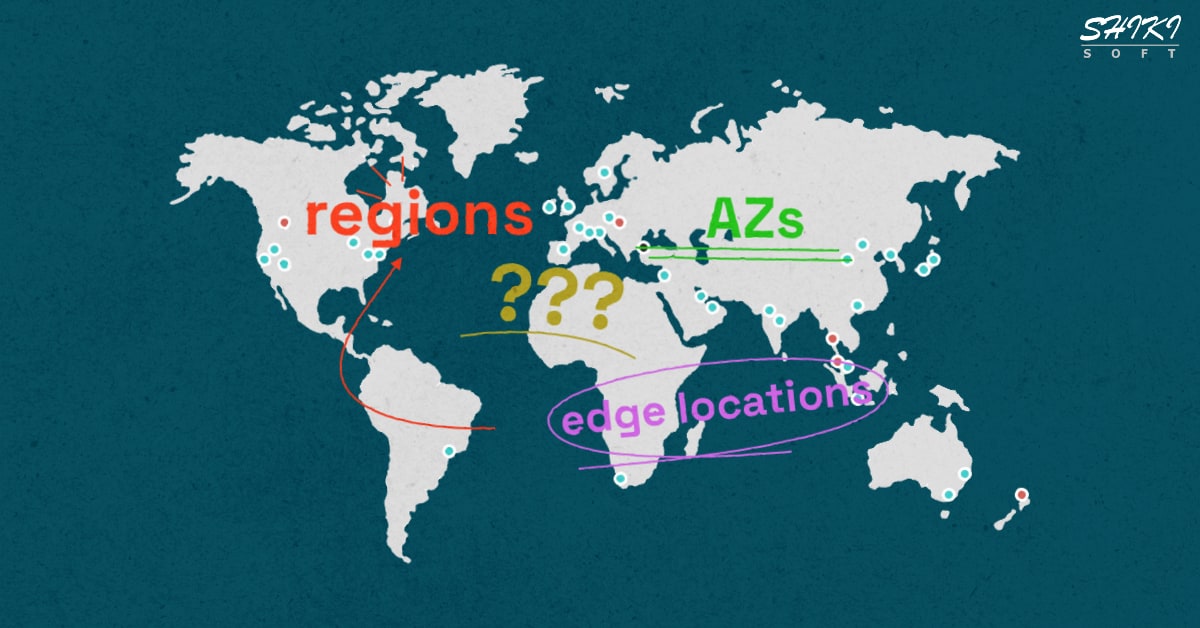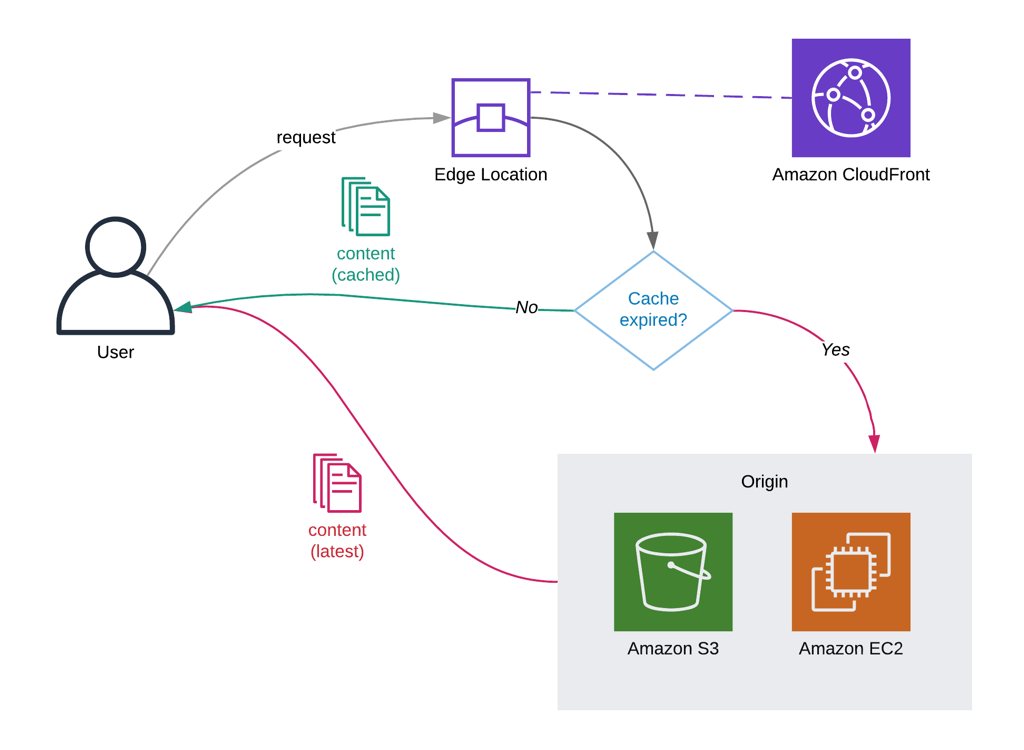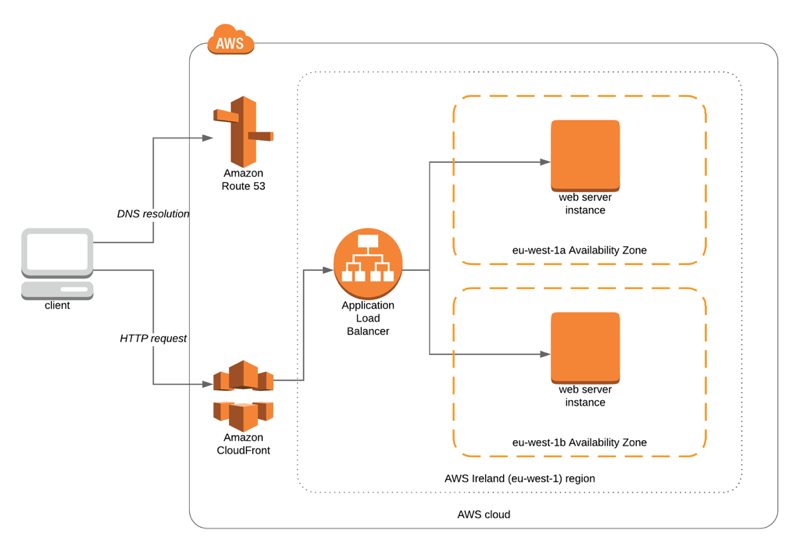Using Amazon CloudFront is crucial for the speed of your website. Because when you use CloudFront, it caches your content at AWS Edge locations to serve them to your users faster. For example, this blog’s original AWS region is Europe Frankfurt (eu-central-1) that is the closest region to my location. If I did not place Amazon CloudFront in front of my S3 bucket, all requests to this blog will be served from Frankfurt. As you would guess, this would cause slower pages for most of my readers all around the World.
Luckily, I have an Amazon CloudFront distribution in front of my blog. So, only the first reader close to an AWS Edge location will be served from this region. All subsequent requests around that Edge location will be served directly from the Edge location’s cache.
However, you will also need to update your website content. So, from time to time, CloudFront needs to expire your content on the Edge location’s cache, and check whether it was updated from the original location. In this blog post, I will talk about how to set caching times for the objects you serve from your CloudFront distributions.
Continue reading the Setting Object Cache Durations for Your Amazon CloudFront Distributions blog post.




